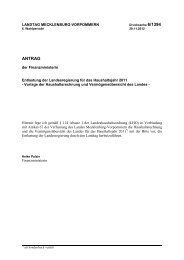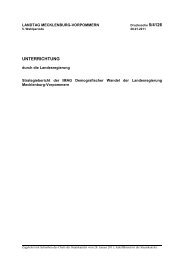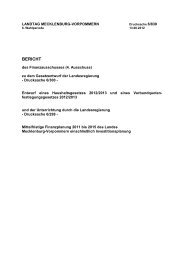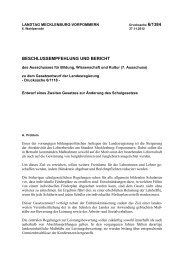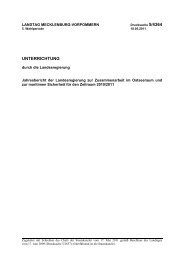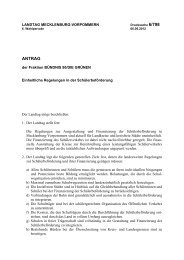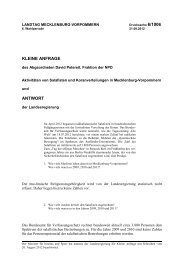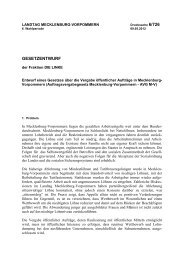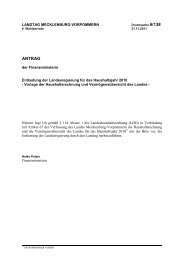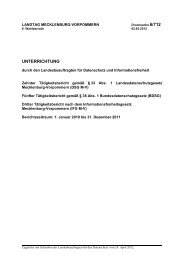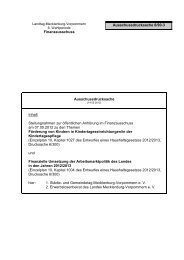Baltic Rim Economies - Baltic Port List
Baltic Rim Economies - Baltic Port List
Baltic Rim Economies - Baltic Port List
You also want an ePaper? Increase the reach of your titles
YUMPU automatically turns print PDFs into web optimized ePapers that Google loves.
Expert article 908 <strong>Baltic</strong> <strong>Rim</strong> <strong>Economies</strong>, 21.12.2011 Quarterly Review 5�2011<br />
Economic cooperation around the <strong>Baltic</strong> Sea – in search of efficiency and good<br />
governance<br />
By Barbro Widing<br />
The recent EU Council conclusions on the review of the EU<br />
Strategy for the <strong>Baltic</strong> Sea Region (EUSBSR) and its annual<br />
meeting in Gdansk give reason to look at cooperation out of the<br />
box. Gdansk is well on its way to regain past splendour, but how is<br />
the international economic situation and public debt crises<br />
affecting cooperation around the <strong>Baltic</strong> Sea? Which are the<br />
outlooks for economic cooperation? How can we promote small<br />
and medium sized companies and their market access over the<br />
borders and improve good governance, too?<br />
During the last twenty years networks have emerged and fell<br />
into oblivion. Most of them are not good at informing externally<br />
about their activities. Usually not horizontal nor cross sectorial, the<br />
networks are mainly paying attention to the stakeholders already<br />
engaged. When active people involved change jobs, organisations<br />
tend to stay, but dormant. As we know, there is no lack of<br />
organisations ranging from intergovernmental, regional, sub<br />
regional, cities to private-public networks and organisations.<br />
Lately the intergovernmental regional councils of the north, viz.<br />
the Nordic Council, the Barents Euroartic Council, the Arctic<br />
Council and the Council of <strong>Baltic</strong> Sea States have increased the<br />
exchange of information of activities. Consolidating resources in an<br />
umbrella organisation for Northern Europe, top of Europe, with<br />
separate regional chambers, have not been an issue of discussion.<br />
This lack of interest can partly be explained by different structures<br />
and memberships of the regional councils above. The oldest of<br />
them, the Nordic Council and the Nordic Council of Ministers have<br />
managed to develop a pragmatic structure based on five states<br />
and three autonomous regions. Their office in Vilnius support civic<br />
society development in Belarus. Estonia, Latvia and Lithuania<br />
have joined as co-owners of the Nordic Investment Bank. In<br />
addition there are some NB 8 and + dialogues.<br />
During the first years of existence EUSBSR has led to further<br />
activation of collaboration networks. Some 80 projects are on track<br />
based on the vision to enable a sustainable environment, to<br />
enhance the region’s prosperity, to increase accessibility and<br />
attractiveness and to ensure safety and security in the region.<br />
However, a closer look reveals that many of the reported projects<br />
were on the way already before EUSBSR. Due to practical<br />
restraints most projects do not involve partners from the entire<br />
region.<br />
In this time of scarcity there is an obvious need of analytic<br />
thinking and new ways of working: how could we be better at<br />
tackling the real problems of our societies? Are we ready to<br />
develop collaboration into real coordination?<br />
EUSBSR is the first macro-regional strategy of EU. It is built<br />
on a comprehensive approach to address cross-cutting or<br />
horizontal topics and cross border challenges. Obvious building<br />
blocks are transport, ICT and energy networks, but much could be<br />
achieved in other fields as well – if there is political will. A<br />
strategic step is the new linkage between the EUSBSR activities<br />
and the Europe 2020 goals. It implies identification of actions<br />
benefitting also from cooperation between neighbouring countries.<br />
However, as national administration is well established in sectors,<br />
the benefits of macro-regional strategic actions are obviously a<br />
challenge. As a first step for cross border actions towards a macroregion,<br />
is there political will to streamline regional cooperation<br />
processes in the participating countries? The process would<br />
benefit from an allocated technical assistance for the whole macroregion<br />
in the EU Cohesion Policy structures. The proposed<br />
partnership agreements between the member states and the EU<br />
commission on the future focus of EU structural funds are major<br />
building blocks towards macro-regions. Another main contribution<br />
is aligning of funding from various EU funds and other international<br />
finance institutions further. The envisaged overall assessment of<br />
macro-regional strategies and the evaluation of their added value<br />
in 2013, demand practical experience to be compiled soon.<br />
The preparations for the second macro-regional strategy, viz.<br />
the EU Danube strategy, benefitted from previous EUSBSR work.<br />
69<br />
The analysis for the EU Danube strategy brought forward strategic<br />
thinking in setting targets for cooperative actions. This could be a<br />
straight way to compile the rather fragmented activities of the<br />
EUSBSR. Consequently, setting targets also for economic<br />
cooperation and its priority areas would promote horizontal actions<br />
around the <strong>Baltic</strong> Sea. Discussions about targets may serve as a<br />
door opener between different sectors and start co-creative<br />
processes. Such a process might promote refocusing EUSBSR<br />
cooperation on the most urgent and challenging problems for the<br />
region, which are macro-regional. However, horizontal action is not<br />
an easy way of cooperation and the process must rely on political<br />
commitment at all levels.<br />
Success in the next review of EUSBSR in 2012 presuppose<br />
effective third country involvement in solving macro-regional<br />
challenges. Today the Northern Dimension, the Council of <strong>Baltic</strong><br />
Sea States, the Nordic Council of Ministers and HELCOM are main<br />
cooperation platforms to involve non EU members in the region.<br />
How to ensure overall coordination of all the implementation<br />
activities? Involving relevant cooperation partners, in particular the<br />
Russian Federation, must be made as easy and direct as possible.<br />
While not forgetting north-south dimensions of the EUSBSR,<br />
prosperity of the <strong>Baltic</strong> Sea Region is based on openness and<br />
dialogue with the surrounding world. Participation of relevant<br />
cooperation “outsiders” is especially valuable when using the<br />
EUSBSR as a globalisation strategy. Thus involving any relevant<br />
cooperation partners from outside the region should not be<br />
excluded. 1<br />
Tasks ahead<br />
Finnish small and medium sized companies represent less than a<br />
fifth of total exports from Finland, much less than in other similar<br />
countries. Specific national action is needed to push them out of<br />
their “comfort zone” and assist in forming new alliances to<br />
strengthen their potential and global competitiveness, thus creating<br />
new jobs as well.<br />
When aiming at better alignment of existing sources of funding<br />
in the macro-region, venture capital should not be forgotten. The<br />
international debt crises made it difficult for SMEs to finance their<br />
investments. At present the venture market regulation is national,<br />
but the SMEs would largely benefit from a harmonised regional<br />
venture capital market.<br />
In Gdansk the first political state of the region report was<br />
presented. It also contained some interesting regional analysis e.g.<br />
on labour migration. What could regionally be done to promote<br />
labour mobility? Another important cornerstone would be to<br />
regionally harmonise the mutual recognition of degrees over the<br />
borders.<br />
The cooperation envisaged above could well be test cases in<br />
the renewal of the Council of <strong>Baltic</strong> Sea States in its endeavours<br />
towards long term sustainable growth. Using our region as a<br />
testing ground for public policy and public private partnerships are<br />
worth exploring – especially in difficult times.<br />
Barbro Widing<br />
Chief Counsellor<br />
Ministry of Employment&Economy<br />
Finland<br />
1 A good example is the EPSIS project where Finland coordinates work<br />
together with Denmark, Sweden and the United Kingdom to support service<br />
innovation. In the European Service Innovation. Think Tank the partners and<br />
10 additional European public authorities focus on the design and<br />
implementation of service innovation support.<br />
� Pan-European Institute � To receive a free copy please register at www.tse.fi/pei �



